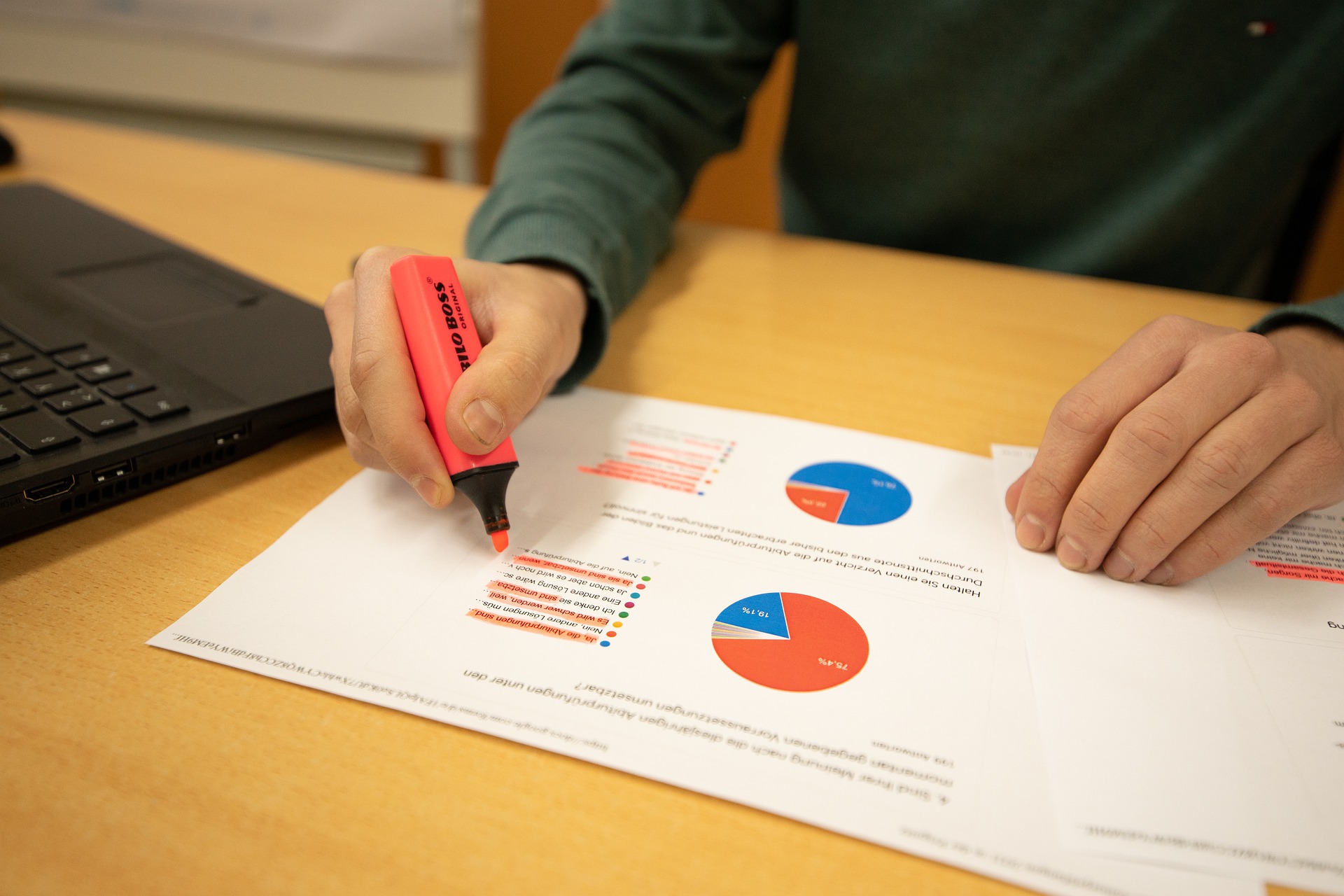Becoming the future CFO
It’s clear that the future CFO needs to be versatile.
The role now is so much more than number-crunching, reporting, or managing, CFO 3.0 needs to possess accounting, analytical, business, and strategic thinking skills in equal parts, and must be able to use all these lanes efficiently to ensure the business is on the right route.
Data provides the tools required for accurate analysis and rapid decision making, giving CFOs everything they need to ensure positive change and growth.
The evolution of the role also means that CFOs now also play a big part in data governance, data flow and cybersecurity, among other things.
As a result, greater performance analysis is possible, innovating the business model and revealing new commercial opportunities.
For many finance leaders, having the right technology in place in the first place to allow them to deliver data-driven insights keeps them up at night.
In so many businesses, the digital technology skill gap is already a concern for CFOs who are struggling to evolve.
Your journey to CFO 3.0
Whether you are already embracing emerging technology and driving digital transformation in your organisation, or you’re at the start of your journey to evolve from CFO 1.0, there are a couple of steps you can take.
Start by assessing your finance function and focus on getting your digitalisation strategy in place.
One of the most important steps to take at this time is to evaluate the digital skill gap across your business, and address areas where improvement is needed in order to allow all departments of your business to grow together.







